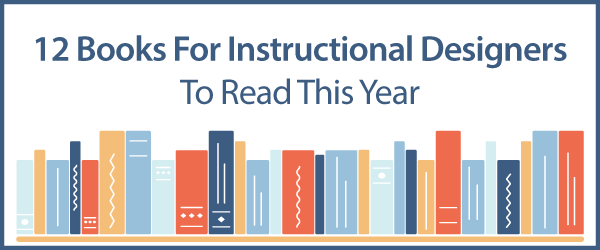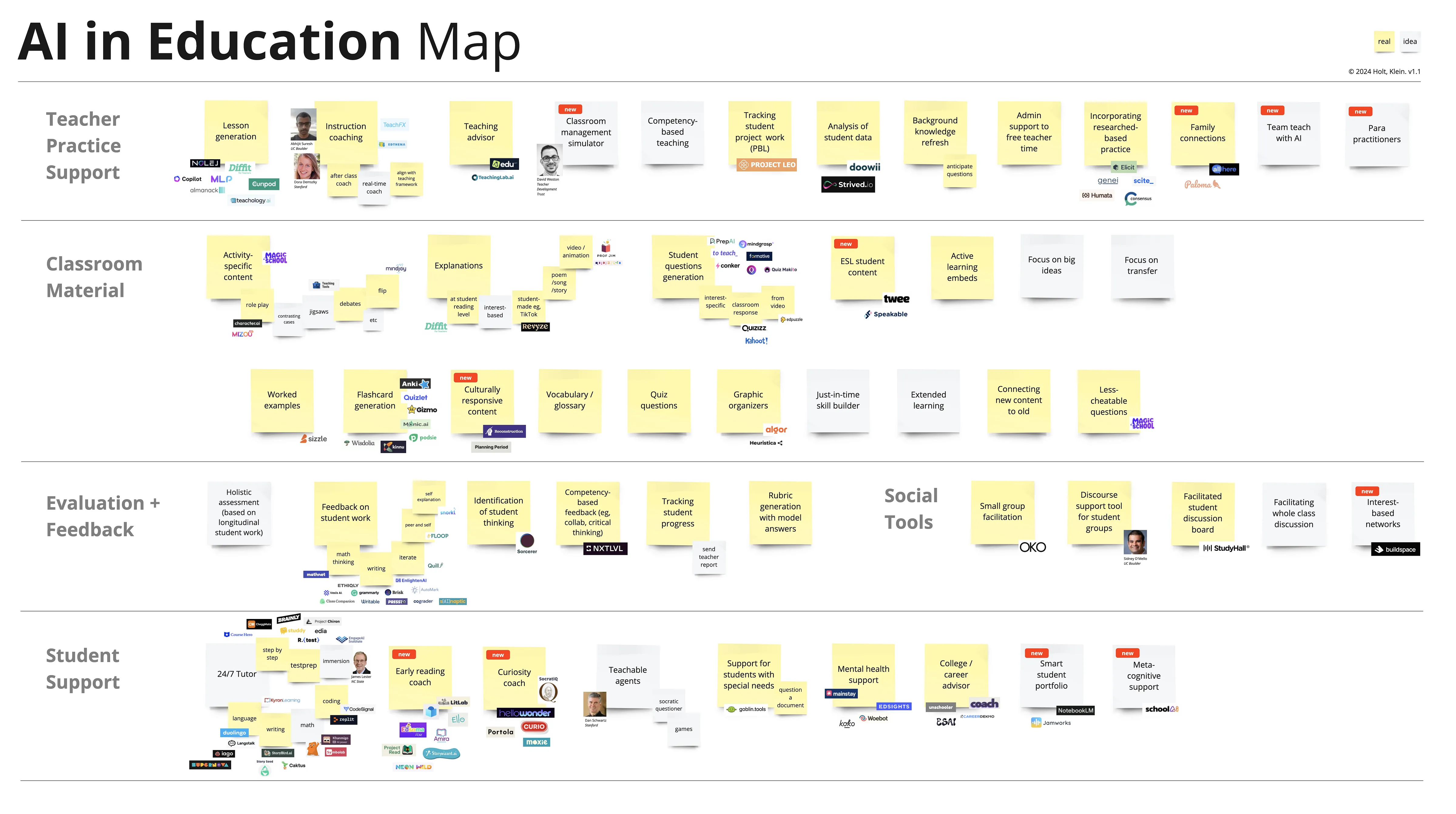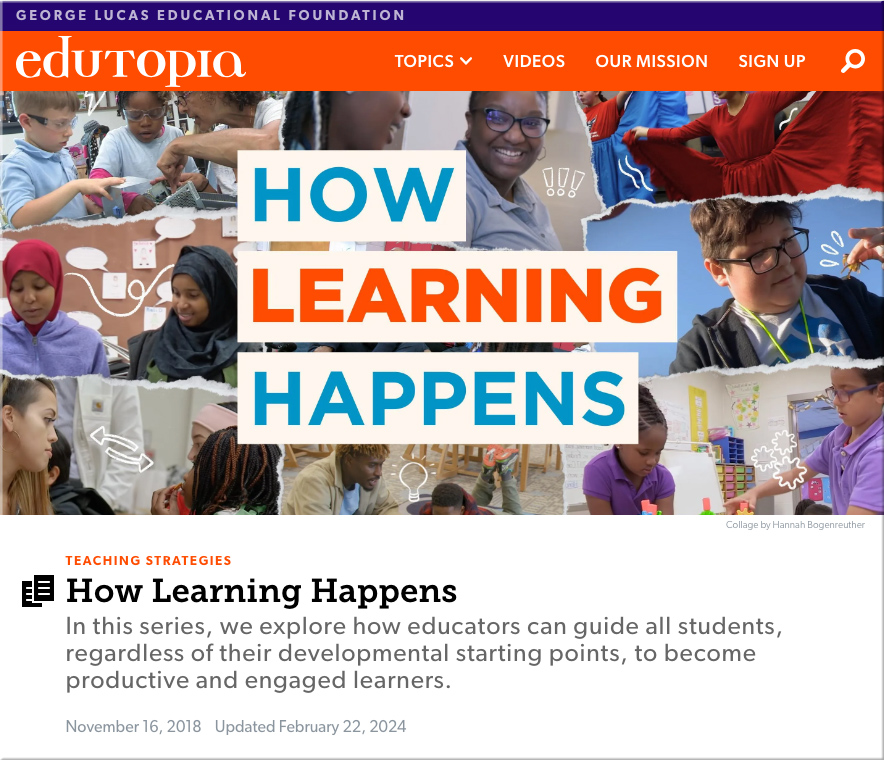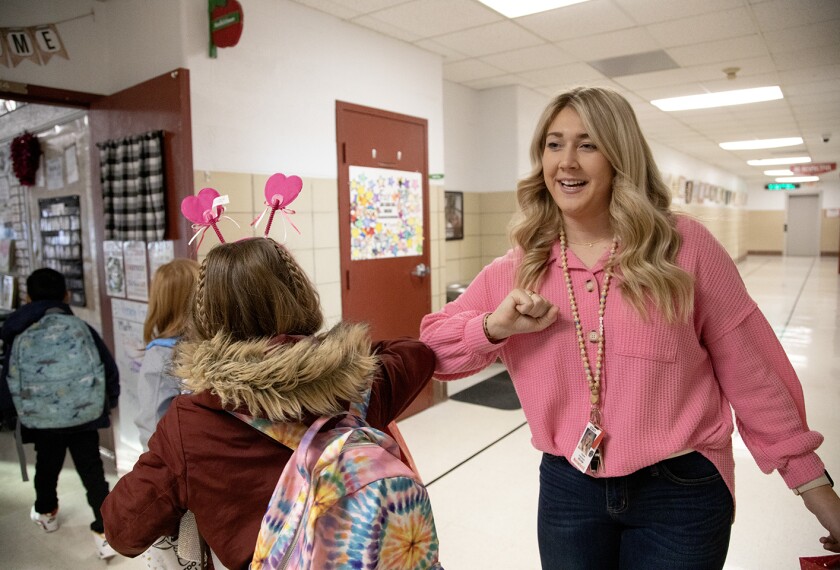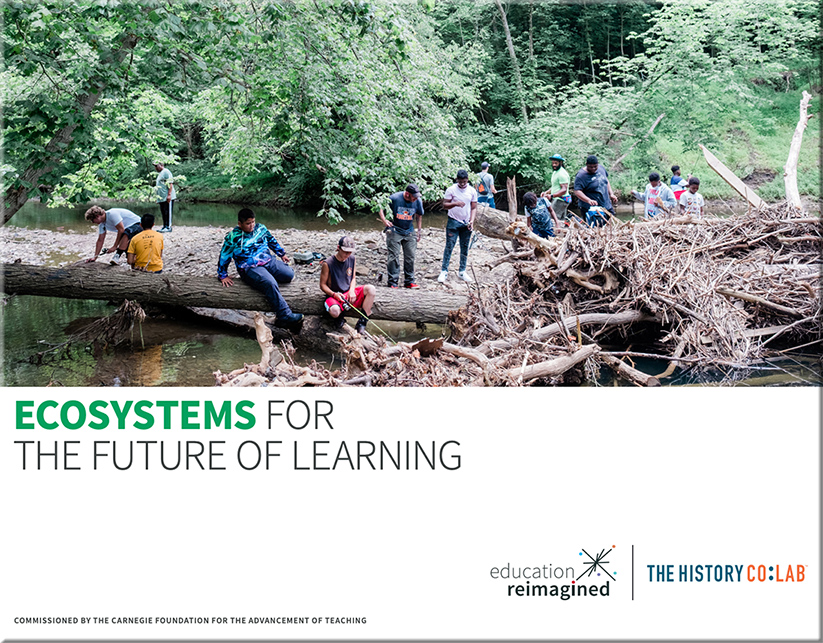How to Make the Dream of Education Equity (or Most of It) a Reality — from nataliewexler.substack.com by Natalie Wexler
Studies on the effects of tutoring–by humans or computers–point to ways to improve regular classroom instruction.
One problem, of course, is that it’s prohibitively expensive to hire a tutor for every average or struggling student, or even one for every two or three of them. This was the two-sigma “problem” that Bloom alluded to in the title of his essay: how can the massive benefits of tutoring possibly be scaled up? Both Khan and Zuckerberg have argued that the answer is to have computers, maybe powered by artificial intelligence, serve as tutors instead of humans.
From DSC:
I’m hoping that AI-backed learning platforms WILL help many people of all ages and backgrounds. But I realize — and appreciate what Natalie is saying here as well — that human beings are needed in the learning process (especially at younger ages).
But without the human element, that’s unlikely to be enough. Students are more likely to work hard to please a teacher than to please a computer.
Natalie goes on to talk about training all teachers in cognitive science — a solid idea for sure. That’s what I was trying to get at with this graphic:
.

.
But I’m not as hopeful in all teachers getting trained in cognitive science…as it should have happened (in the Schools of Education and in the K12 learning ecosystem at large) by now. Perhaps it will happen, given enough time.
And with more homeschooling and blended programs of education occurring, that idea gets stretched even further.
K-12 Hybrid Schooling Is in High Demand — from realcleareducation.com by Keri D. Ingraham (emphasis below from DSC); via GSV
Parents are looking for a different kind of education for their children. A 2024 poll of parents reveals that 72% are considering, 63% are searching for, and 44% have selected a new K-12 school option for their children over the past few years. So, what type of education are they seeking?
Additional polling data reveals that 49% of parents would prefer their child learn from home at least one day a week. While 10% want full-time homeschooling, the remaining 39% of parents desire their child to learn at home one to four days a week, with the remaining days attending school on-campus. Another parent poll released this month indicates that an astonishing 64% of parents indicated that if they were looking for a new school for their child, they would enroll him or her in a hybrid school.










